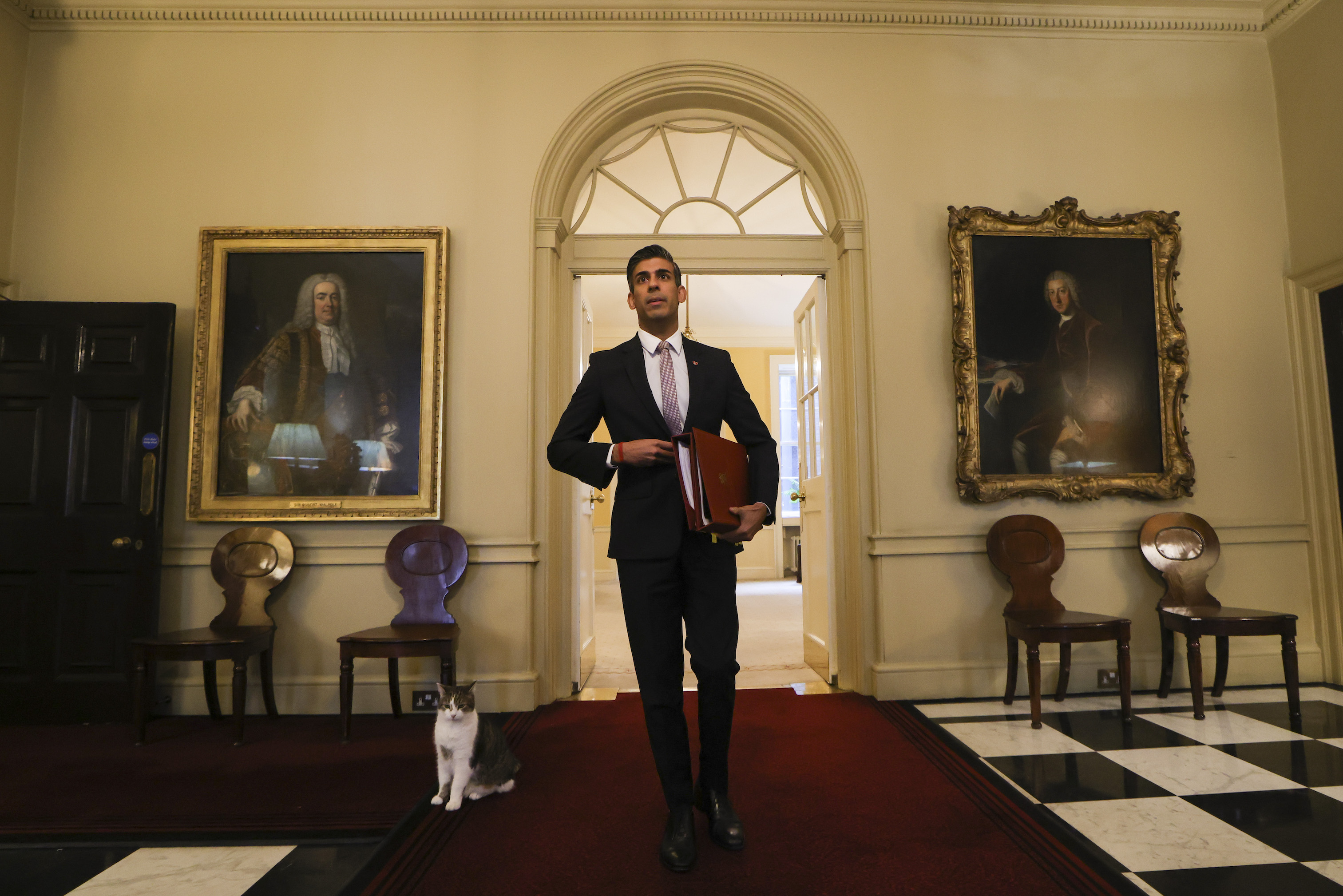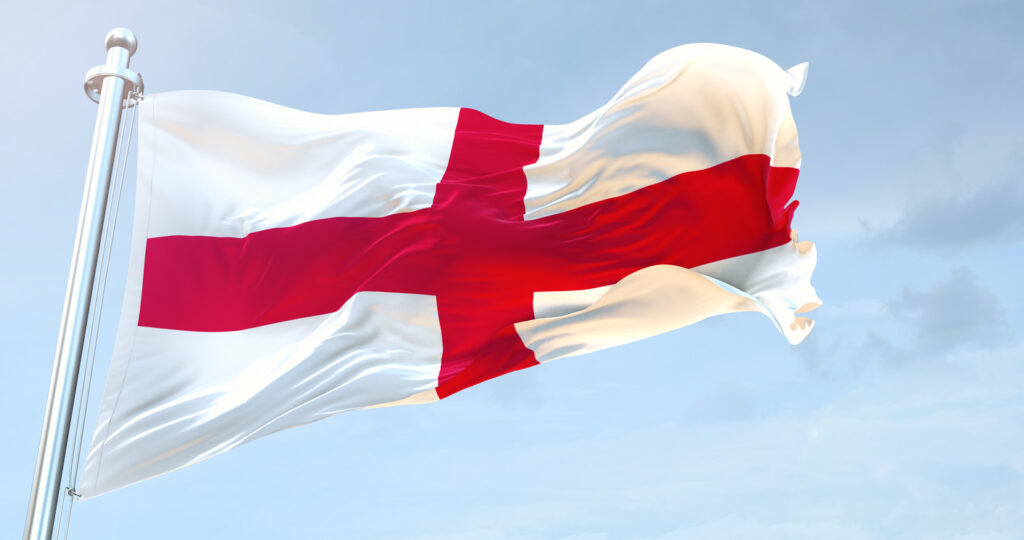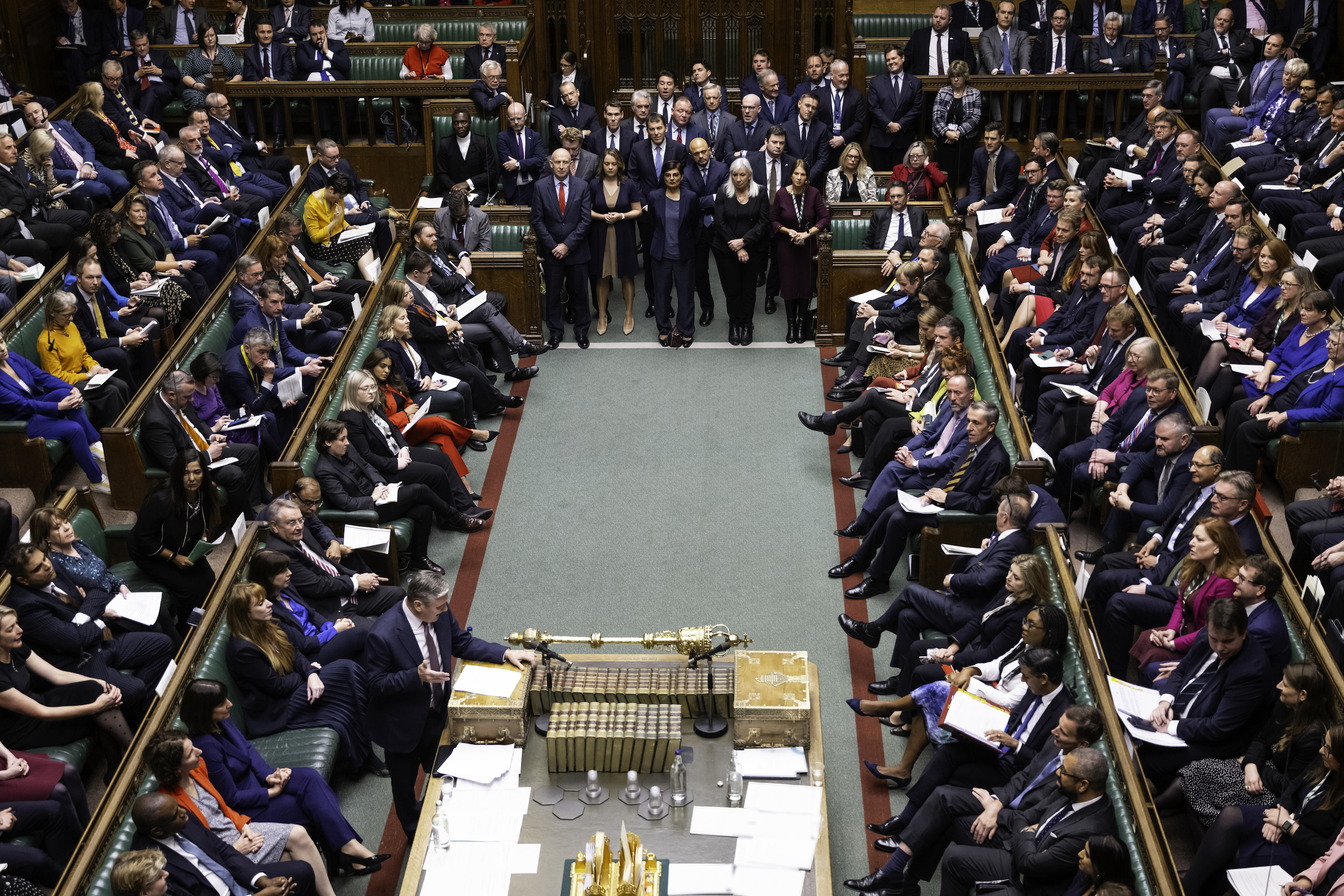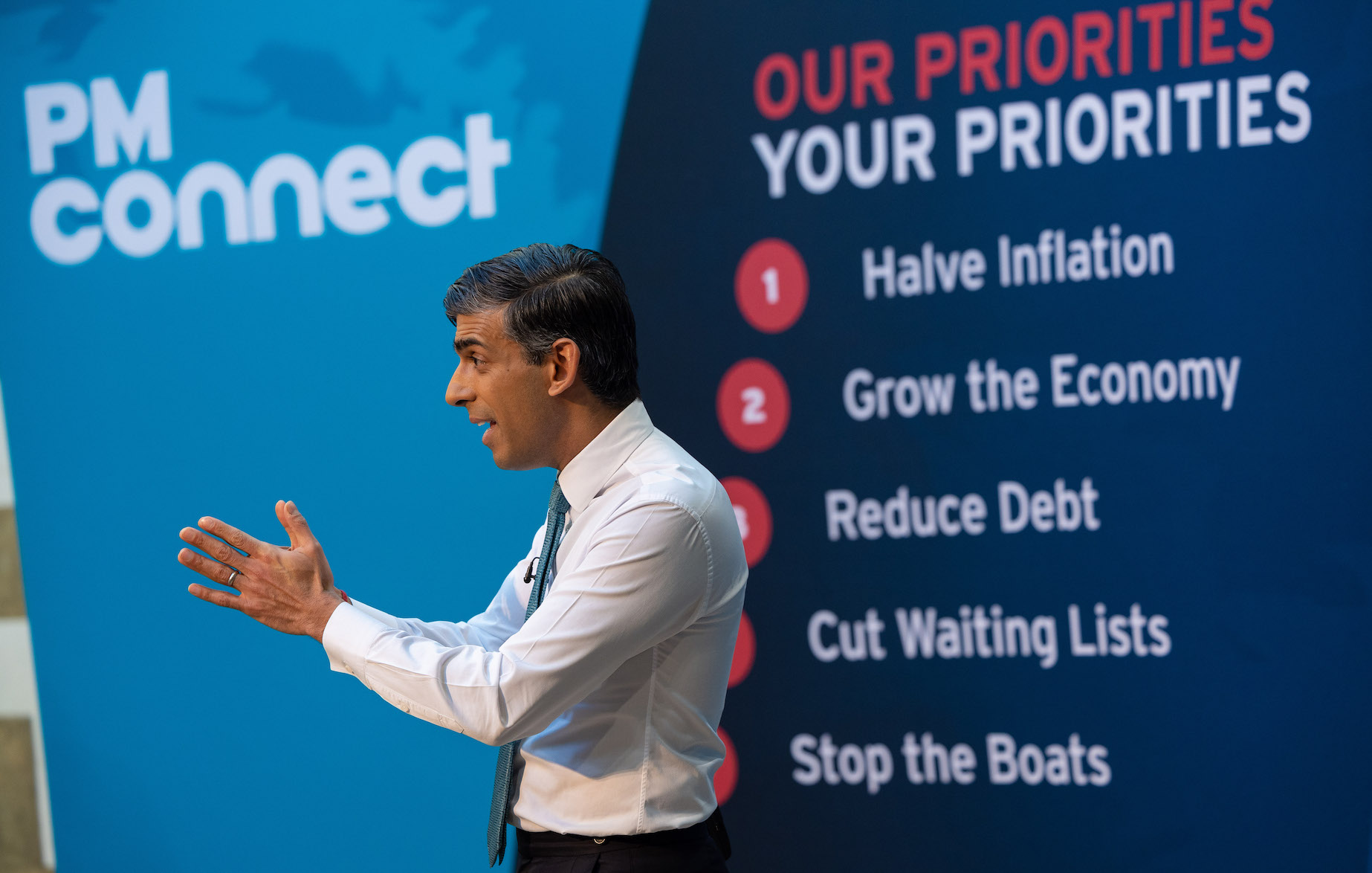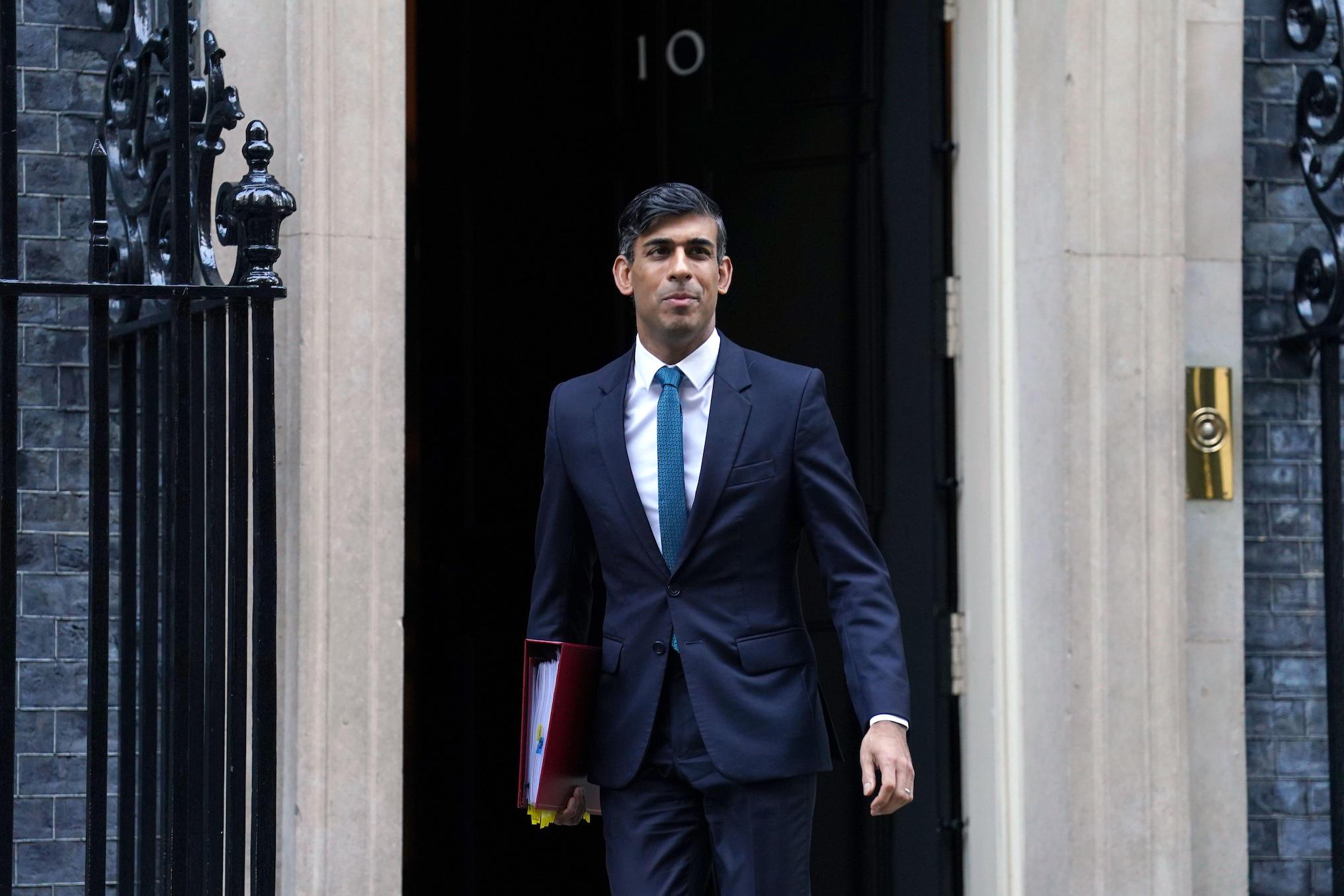What is the Climate Change Levy?
The Climate Change Levy (CCL) is an environmental tax on energy supplies to industry, commerce, agriculture, local administration and a number of other services. It does not apply to domestic or household energy supplies.
The Levy is intended to encourage greater energy efficiency and lower energy use by increasing the effective price of energy. As such, it aims to help the UK meet its legally binding commitments under the Kyoto Protocol to reduce greenhouse gas emissions. Upon first introduction, the Climate Change Levy was intended to reduce UK carbon dioxide emissions by at least 5 million tonnes by 2010.
The Climate Change Levy is one of a series of environmental taxes introduced since the early 1990s. Other such taxes include air passenger duty (1994), landfill tax (1996), aggregates levy (2002) and the carbon price floor (2013).
Forms of energy covered by the levy are electricity or gas obtained for end-use rather than resale from a third party supplier; hydrocarbon gases supplied in liquid form; coal and lignite (and cokes and semi-cokes thereof); and petroleum coke.


Tax revenues raised from the Climate Change Levy in the United Kingdom (UK) have increased from £585 million in 2001 to £2.1 billion in 2019
How is the Climate Change Levy collected
Businesses that supply energy are responsible for charging the appropriate levy onto an organisation’s energy bill as they supply the taxable energy commodities. Once the energy supplier has collected the charge, it then passes it on to HM Revenue & Customs.
Any company supplying energy supplies that are liable to the charge is required to register with HM Customs and Excise, and to pay the tax – the cost of which is passed on to customers in the form of higher prices. There is no turnover threshold for registration, as there is for Value Added Tax.
A number of exceptions to the regime are in place to ease the Climate Change Levy’s impact on energy-intensive business sectors. Businesses in a number of energy-intensive sectors are eligible for a discounts if they sign up to Climate Change Agreements with the Environment Agency, which in turn set challenging targets for improving energy efficiency.
Examples of industries that are eligible for reductions should they enter into such agreements are aluminium; cement; ceramics; chemicals; food and drink; foundries; glass; non-ferrous metals; paper; steel; and around 20 smaller sectors (microelectronics, lime, distillers, textiles etc). The discounts available to energy intensive businesses can reach a 90% reduction for electricity and a 65% reduction for gas, liquefied petroleum gas (LPG), coal and other solid fuel.
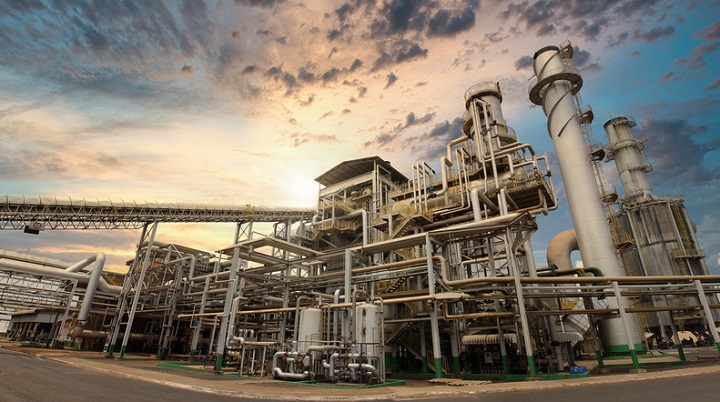
The Climate Change Levy is not paid by domestic consumers.
History of the Climate Change Levy
Initial Introduction
The Climate Change Levy is part of the government’s strategy for meeting its emissions commitments under the Kyoto Protocol.
At the United Nations Kyoto Conference in December 1997, a large number of developed countries undertook to adopt legally binding targets for reducing emissions of six greenhouse gases, of which carbon dioxide was by far the most significant. The European Union took on a commitment to reduce emissions by 8 per cent from their 1990 level by 2008-2012, and in June 1998 the UK accepted a 12.5 per cent reduction target, as its contribution to the EU effort. The Government also adopted its own target of reducing emissions by 20 per cent of 1990 levels by 2010.
The Climate Change Levy was proposed as part of the Government’s strategy for achieving this reduction in light of a report from the ‘Taskforce on the Industrial Use of Energy’, chaired by Sir Colin Marshall. This was followed by the formal announcement of plans for the Climate Change Levy in the Budget of 1999, undertaking to include the measure in the 2000 Finance Bill, to come into force on April 1 2001.
The proposed tax was immediately controversial, with many sectors of industry hostile to elements of the plans. In response to HM Customs’ consultations, in the Pre-Budget Report of 1999, the Government promised to: exempt a number of forms of “new” renewable energy generation and some forms of Combined Heat and Power generation; to provide £150 million to support energy efficiency improvements in business by 2000-2001 (through the Carbon Trust); to set up an Enhanced Capital Allowances Scheme for investment in energy efficiency; and to provide discounts for energy-intensive sectors that signed up to specific agreements.
In addition, the Government undertook to ensure that the measure was “revenue-neutral” and did not impact upon UK competitiveness, by cutting employers’ National Insurance contributions by 0.3 per cent.
The Government later commissioned Cambridge Econometrics to carry out an independent evaluation of the Climate Change Levy (CCL). In 2006, Cambridge Econometrics concluded that the levy had been effective and would save over 3.5 million tonnes of carbon per annum by 2010.
Since 2010
The Coalition government elected in May 2010 said it believed that climate change was “one of the gravest threats” faced by the world today and that “a wide range of levers” was needed to cut carbon emissions. The new government announced its intention to reform the Climate Change Levy “in order to provide more certainty and support to the carbon price”. The relevant legislation was subsequently included in the Finance Bill 2011.
In the March 2011 Budget, the Chancellor announced that the Climate Change Agreements scheme would be extended until 2023 and the existing 54 participating sectors would continue to be eligible for the scheme and the Levy discount. This extension was intended to provide industry with more certainty to invest in energy efficiency measures with longer payback periods. The Climate Change Levy discount on electricity was increased from 65% to 80% from April 2013 for CCA participants.
Prior to 2015, supplies of electricity generated from qualifying renewable sources had been exempt from the Climate Change Levy. However, in 2015, the Conservative Chancellor George Osborne announced that the exemption for renewable electricity would be scrapped.
Defending the move, then Treasury Minister David Gauke said, “over the next five years, the climate change levy exemption for renewable energy is due to cost £4 billion, one third of which would subsidise overseas projects that bring no benefit to the UK”.
In 2016, the government moved to further simplify the business energy taxation regime. Accordingly it announced plans to abolish the Carbon Reduction Commitment (CRC) energy efficiency scheme in 2018/19, and instead increase the main rates of Climate Change Levy (CCL) from 1 April 2019, to cover the cost of CRC abolition.
Controversies
At the time of the introduction of the Climate Change Levy, the then Labour government maintained that the Climate Change Levy would have a significant impact in contributing towards reducing UK emissions, without impacting on business costs.
However, this contention was widely disputed by business at the time. Prior to the Levy’s introduction, many sectors warned of dire economic consequences and heavy job losses if the scheme was implemented. To accommodate this, the Government made provisions for discounts under the Climate Change Agreement scheme. However, this was criticised in some quarters as perverse. Eligibility was to be determined by undertakings to reduce emissions: as such, those firms that had already done the most to promote energy efficiency had the least to gain, while those that had done little could benefit more.
At the same time, there were complaints about the sum available for energy efficiency investment as a corollary of the Climate Change Levy. The Government responded by trebling this from £50 million to £150 million, but concerns about the quality of schemes promoted by the Carbon Trust persisted.
Many also objected to the structure of the Climate Change Levy itself: it was argued that a tax on downstream energy use failed to discriminate between energy sources according to their carbon content. There was widespread support for a “carbon tax”, which would tax more pollutant forms of energy more heavily than others, encouraging users to switch to less polluting sources. The Climate Change Levy however, ignores entirely the problem of domestic and road vehicle emissions, which contribute far more pollution than industry.
Furthermore, it has been suggested that the Climate Change Levy works directly against the policy of ensuring that energy prices remain low. This sends confusing signals to business, it is argued.
Statistics
Main rate
| Taxable commodity | Rate from 1 April 2018 | Rate from 1 April 2019 | Rate from 1 April 2020 | Rate from 1 April 2021 |
| Electricity (£ per kilowatt hour (KWh)) | 0.00583 | 0.00847 | 0.00811 | 0.00775 |
| Gas (£ per KWh) | 0.00203 | 0.00339 | 0.00406 | 0.00465 |
| LPG (£ per kilogram (kg)) | 0.01304 | 0.02175 | 0.02175 | 0.02175 |
| Any other taxable commodity (£ per kg) | 0.01591 | 0.02653 | 0.03174 | 0.03640 |
Reduced rate (discounts) for holders of a climate change agreement
| Taxable commodity | Rate from 1 April 2018 | Rate from 1 April 2019 | Rate from 1 April 2020 | Rate from 1 April 2021 |
| Electricity | 90% | 93% | 92% | 92% |
| Gas | 65% | 78% | 81% | 83% |
| LPG | 65% | 78% | 77% | 77% |
[Source Gov.UK, 2021]
Quotes
“The climate change levy and associated climate change agreements – which, as new research we are publishing tomorrow confirms, have been more successful in saving energy than we anticipated on introduction” – Gordon Brown, 2005
“Now that we have a long-term framework for investment in renewable energy in place, we will remove the outdated climate change levy exemption for renewable electricity that has seen taxpayer money benefiting electricity generation abroad” – Chancellor George Osborne, 2015.










